不走寻常路的书画家 于筑
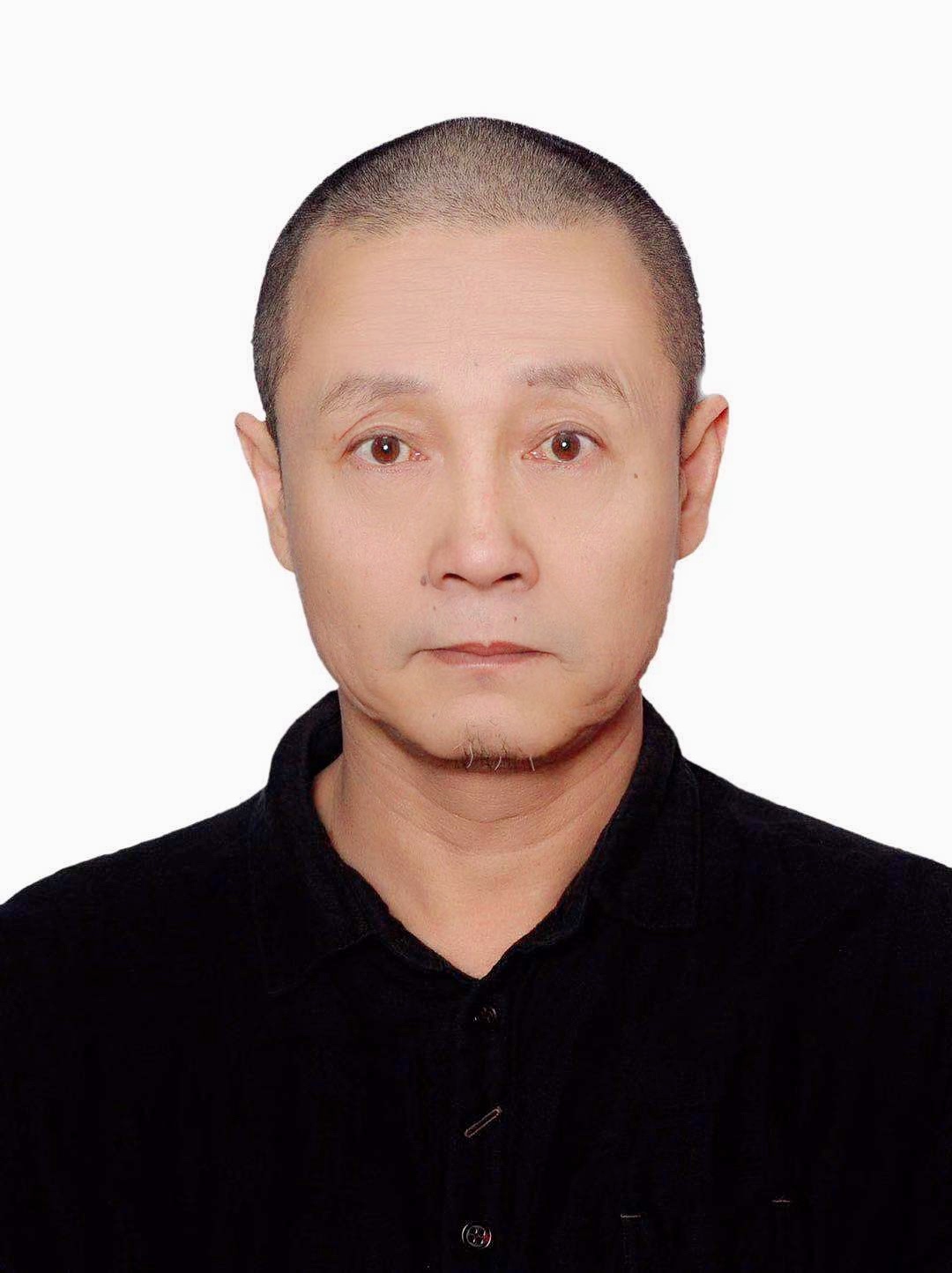
于筑,书法家、画家。
Yu Zhu is a calligrapher and painter.
现为中国工业设计协会室内学术委员会会员,中国圣经文化艺术研究会创建人之一,水墨艺术家,世界文联亚洲书画家协会会员。
He is now a member of interior Academic Committee of China Industrial Design Association, one of the founders of China Bible Culture and Art Research Association, a ink artist, and a member of Asian calligraphers and Painters Association of the World Federation of literary and art circles.
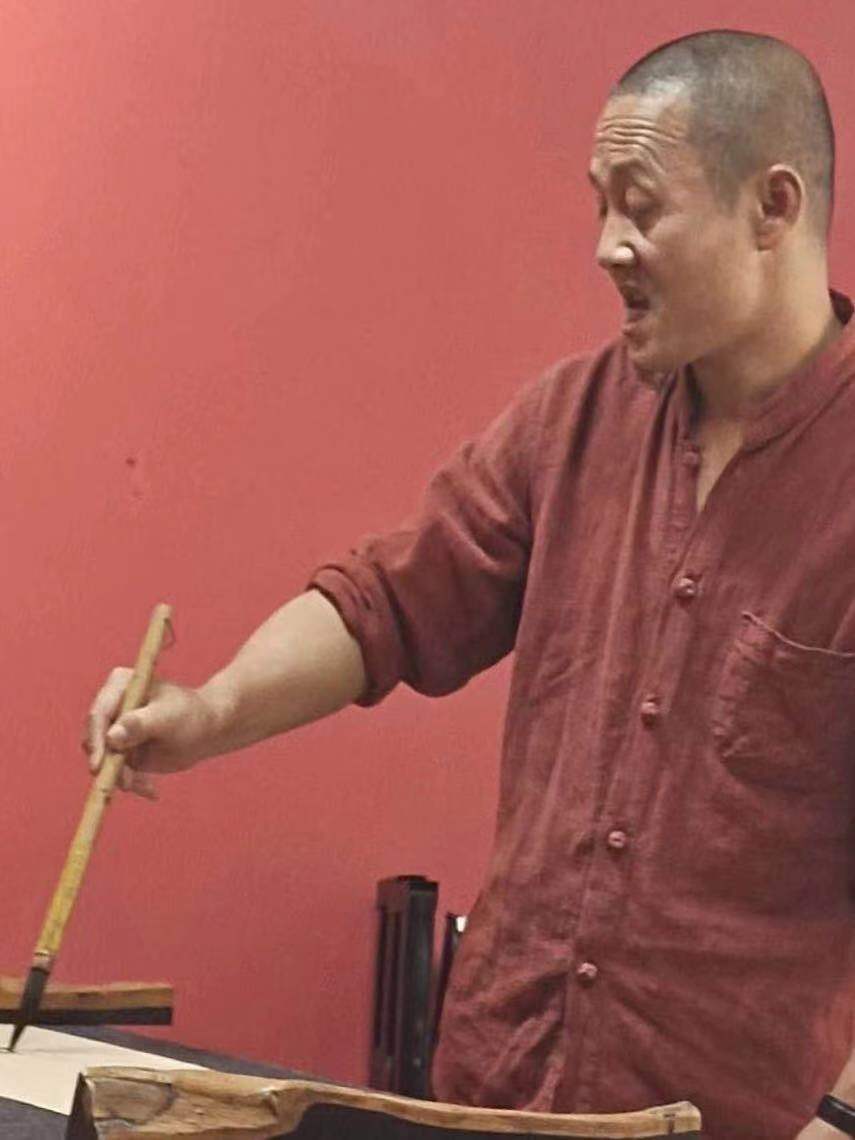
祖籍山东,1969年3月11日生于黑龙江,少年时期成长在吉林,青年时期求学于中央工艺美术学院,从师柳冠中先生,宋立民先生,姜振鹏先生,台湾国立大学刘宇耕先生。
Born in Heilongjiang Province on March 11, 1969, born in Shandong Province, he grew up in Jilin Province as a boy and studied in the Central Academy of Arts and crafts in his youth. He studied under Mr. Liu Guanzhong, Mr. Song Limin, Mr. Jiang Zhenpeng and Mr. Liu Yugeng of National University of Taiwan.
他大部分时间住在北京通州,创作生涯处于相对隔离的状态,从不远游。在不断探索水墨艺术作品分别为圣的神性,这些经过向死而生及出死入生的作品,其水墨形式语言与观者对这些所绘寻意象的实际印象分别开来。
He lived in Tongzhou, Beijing most of the time, and his writing career was relatively isolated, never far away. In the constant exploration of the divinity of the sacred in ink and wash works, the formal language of ink and wash in these works is different from the actual impression of the viewer on these images.
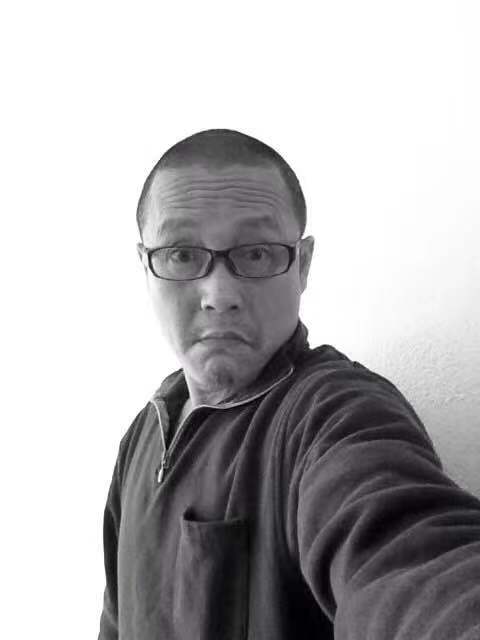
他在单一往复的书写中寻求艺术的纯粹性,他书写寻求对象多来自童年及少年时期的写生记忆及3000多幅向死而生的碎片。记忆非现实,破碎而道成,个人生命在艺道中新生成长,使其作品蒙上了一丝以艺载道,以艺术替代宗教的主观性及记忆所致的不稳定性。
He seeks the purity of art in a single reciprocating writing. The objects he seeks in writing are mostly from the memories of childhood and adolescence and more than 3000 pieces of life to death. Memory is unrealistic and fragmented. Personal life grows up in art and Taoism, which makes his works cast a trace of subjectivity and instability caused by memory.
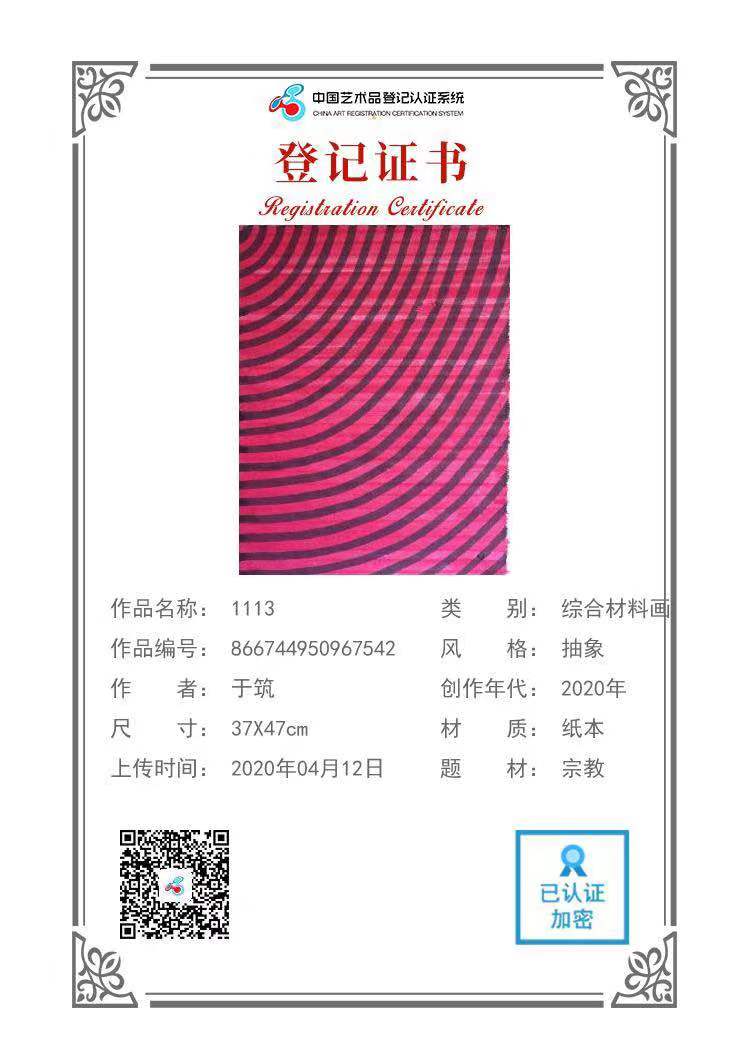
于筑的作品从记忆及临池中的图像开始,在这些抽离的图像中,一个个可识别的共性被简化为最简单的母题,〈迷失的羊〉〈方言〉〈隔离〉等系列文脉水墨艺术作品,在这些向死而生的习作中,东西方艺术巨匠经典作品的记忆破碎在他的作品里,于筑的作品成为分别后的于筑,他30多年一直记忆中墨写,观照中临池,在向死而生与出死入生的主义与忘记主义中追寻有道,
Yu Zhu's works start from memory and the images in linchi. In these detached images, the recognizable commonalities are simplified to the simplest motifs, such as "lost sheep", "dialect" and "isolation". In these works, the memory of the classic works of the eastern and Western art giants is broken in his works, and Yu Zhu's works become the most popular After the separation, Yu Zhu has been writing in Chinese ink for more than 30 years, observing linchi, and pursuing the right way in the doctrine of living from death and forgetting from death,
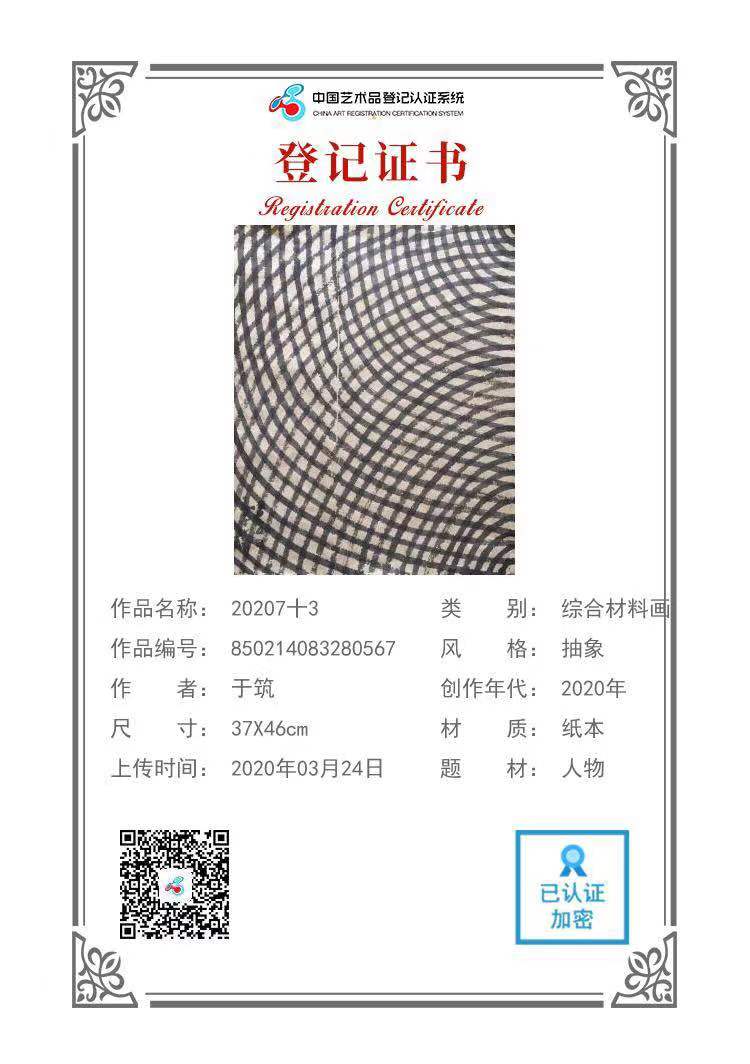
他的作品语境与历经数个世纪的经典作品对撞,给人一种肤浅的感觉,这正是于筑作为艺术家探索的文脉起初,通过建立东方以书入画的线性隔离层和使用水墨颜料混合自己,于筑经常发现他的画有被“穿越”的效果。正是在物性与线性材料的破碎中忘记主义,经历向死而入生的工作中,一幅纯粹、混合,隔离的作品和可识别的母题被分别出来。
The context of his works collides with the classic works of several centuries, giving people a superficial feeling. This is exactly the context of Yu Zhu's exploration as an artist. At first, Yu Zhu often found that his paintings were "traversed" through the establishment of a linear isolation layer from calligraphy to painting in the East and the use of ink to mix himself. It is in the work of forgetting materialism in the fragmentation of physical properties and linear materials, experiencing the transition from death to life that a pure, mixed, isolated work and a recognizable motif are separated.
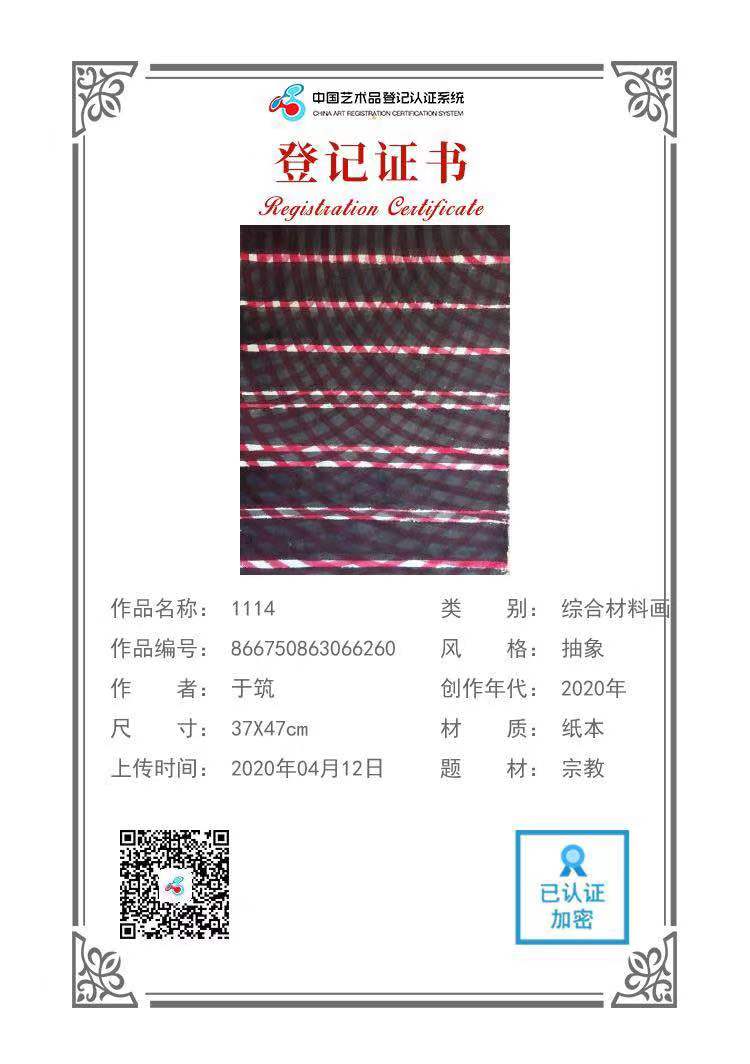
隔离系列艺术实践是艺术家于筑放弃了对美和丑的价值判断·以哲学观念代替了审美面的艺术追求·通过反审美的作品表达基督精神·手法更现实·更直接·更有价值·作品焦点集中于作品本身·导致了作品远离真理的实际·成为哲学观念的载体·丧失审美价值的同时极端地高举了艺术·作品中的女人不仅失去了女人味·甚至失去了人味·
The isolated series of art practice is that the artist Yu Zhu gave up the value judgment of beauty and ugliness, replaced the aesthetic artistic pursuit with philosophical ideas, expressed the Christian spirit through anti aesthetic works, adopted more realistic, more direct and more valuable methods, focused on the work itself, led the work away from the reality of truth, became the carrier of philosophical ideas, and lost the aesthetic value at the same time The women in the works not only lose their femininity, but also their humanity·
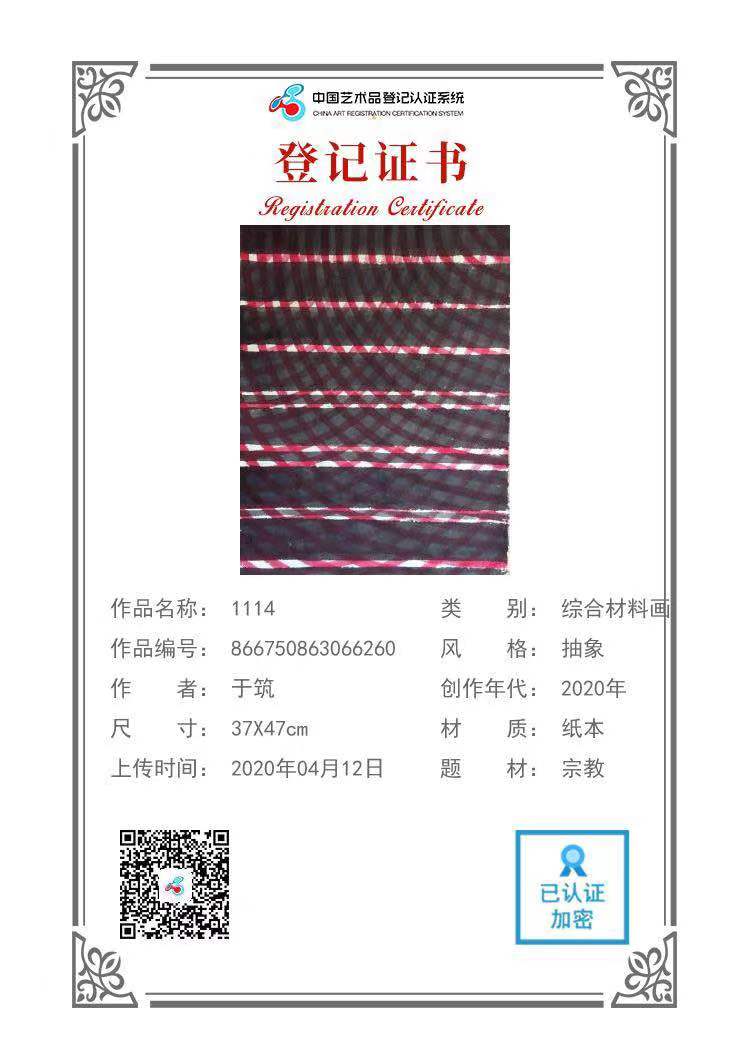
物件化的背后隐藏着极端的浪漫主义及某种扭曲的禁欲主义·也表达了类似禅学的一切皆空的观念·预表了艺术家放弃了对人类理性的迷信·进入一个熵的世界.同时为他拥抱这样的世界而乐此不疲·其水墨的媒介性·平面性·纯粹性与西方抽象表现主义及后现代艺术家的作品相似·都承载了某种哲学观念·反对现代艺术审美救赎的同时·把艺术抬举到前所未有的高度,走到人类理性的尽头·好比一个自恋症患者,他爱上自己,看着自己在水中的倒影不能自拔。
Behind the objectification lies extreme romanticism and some kind of twisted asceticism. It also expresses the idea that everything is empty similar to Zen. It foreshadows that the artist has given up the superstition of human reason and entered a world of entropy. At the same time, he is happy to embrace such a world. The media, planarity and purity of his ink and wash are different from those of Western abstract expressionism and postmodern artists His works are similar. They all carry a certain philosophical concept. While opposing the aesthetic salvation of modern art, he elevates art to an unprecedented height and reaches the end of human rationality. He is like a narcissist who falls in love with himself and cannot extricate himself from watching his reflection in the water.
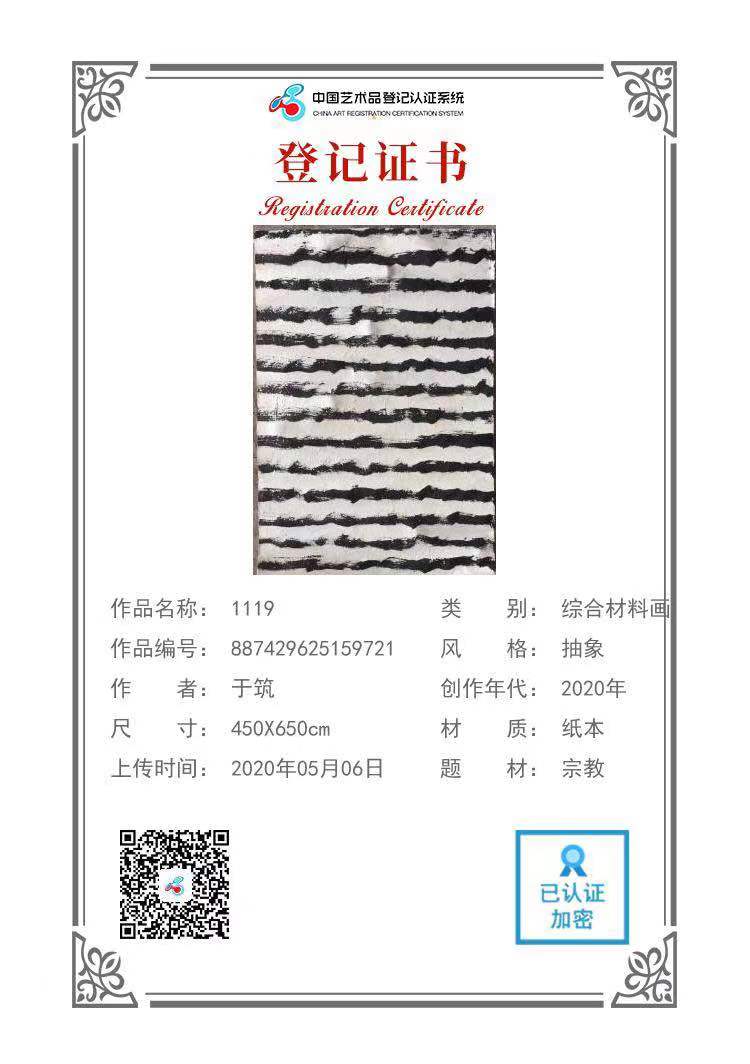
升级后的作品成为物理性于筑,具有艺术品所持有的时间,空间,生命,公义,崇高的绘画语言功能特征,无需解读与转换。他作品螺旋线里记录了他儿童时期溺水的生理感受,交叉线记录他儿童时期,树木倾倒向他压来身体从树的交叉出露出的瞬间记忆,水平线也是经历生死体验的痕迹,这些心里碎片成为他艺术表现非主观意识的客观表现,追寻以艺载道有道的原力。
The upgraded works become physical in architecture, with the painting language features of time, space, life, justice and loftiness held by art works, without interpretation and conversion. In his works, the spiral line records his physiological feeling of drowning in childhood, the cross line records the instant memory of his body from the intersection of the trees when the trees fell to him in his childhood, and the horizontal line is also the trace of the experience of life and death. These fragments in his heart become the objective expression of his art's non subjective consciousness and the pursuit of the force of carrying Tao with art.
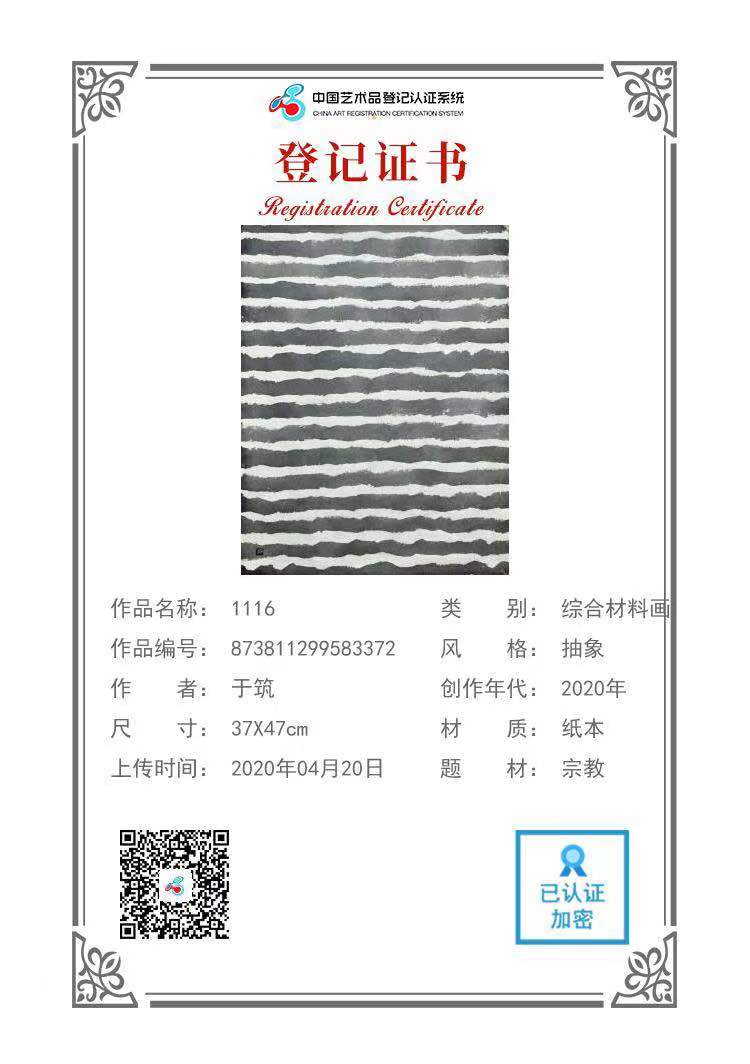
2021年2月1日,于筑加入世界文化艺术家联合会(世界文联),成为亚洲书画家协会会员。
On February 1, 2021, Yu Zhu joined the World Federation of cultural artists and became a member of the Asian Association of calligraphers and painters.
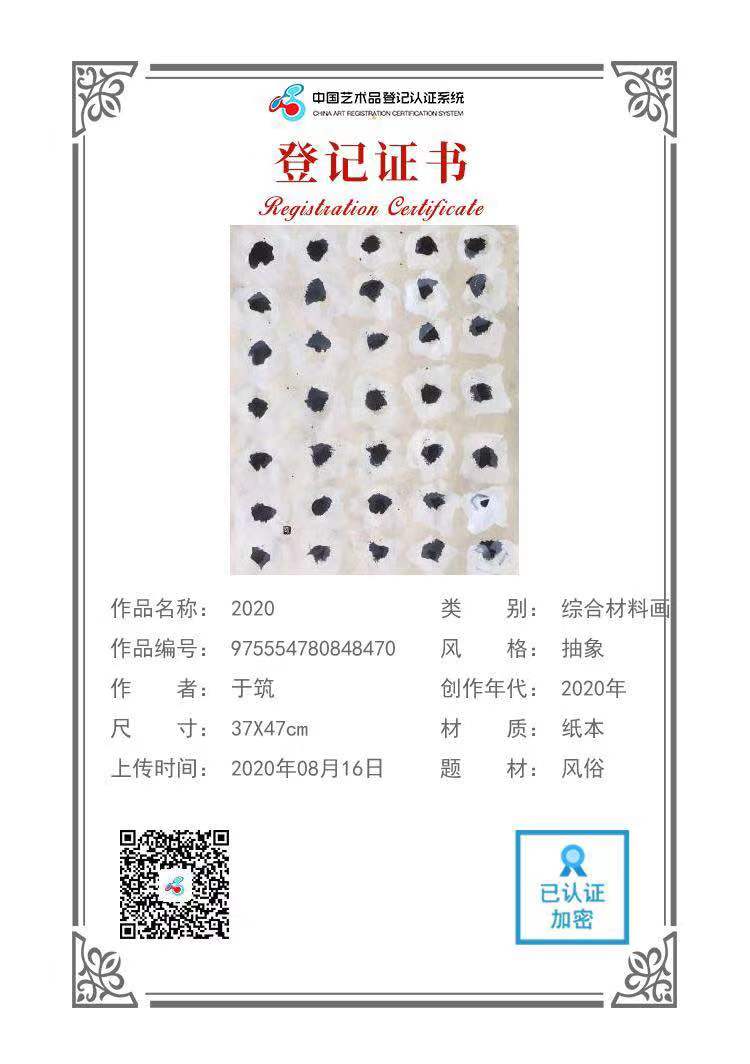

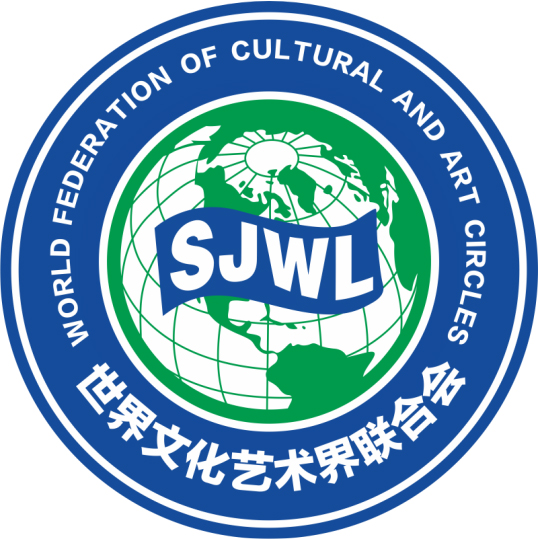
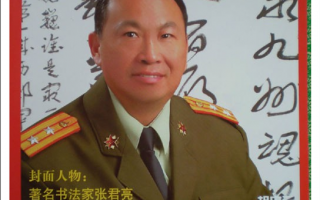
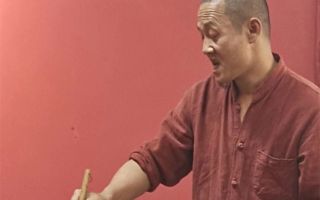
0 条 评 论 Write a Response